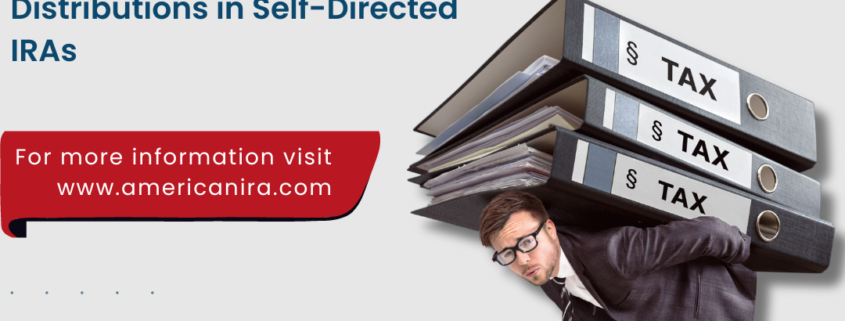The Best Ways to Avoid Taxes on RMDs in Self-Directed IRAs
When you hold a certain type of Self-Directed IRA, the government may require you to take out Required Minimum Distributions (RMDs) at a certain point. Why is this? Because when you use pre-tax money on these Self-Directed IRAs, you legally avoid paying the taxes on a portion of your income. That’s because the retirement account then holds that money, and you can then pay taxes on that income when you take it in retirement. However, the government does want to make sure it eventually gets these taxes, which means that RMDs kick in at a certain age. You’ll have to take money out.
With that in mind, we recently thought it would be a good idea to explore some great legal ways to avoid the heavy burden of these taxes if you want to better plan for retirement. Here are some of the ways you can legally move your money around.
Tip #1: Roll Over into a Self-Directed Roth IRA
One of the most powerful ways to avoid paying RMDs? Switch to an account that doesn’t have RMDs! With a Traditional IRA, you can usually deduct contributions from your income taxes, but with Roth IRAs, you are then using after-tax money to fund the account. In other words, you can use a Self-Directed Roth IRA to avoid RMDs the right way.
What’s the catch? Rolling over money into a Roth can be a taxable event. That means that you will owe taxes on the pre-tax money that you’re trying to convert into a Roth IRA. However, this event is a one-time thing; after that, you’ll have money within a Self-Directed Roth IRA that doesn’t have RMDs. You can then continue to contribute to this Roth IRA indefinitely; after all, there are no RMDs within a Roth IRA when you have a Roth IRA ready to go.
Tip #2: Consult the “Joint Life and Last Survivor Expectancy Table”
The Uniform Lifetime Table is something that not many people know about, but can have a powerful impact on the way you invest and plan for retirement. It’s what most people are used to. However, the Joint Life and Last Survivor Expectancy Table requires a different life situation. The key here is obviously to have a different style of life from people on the uniform lifetime table, so make sure that you consult with a tax professional to make sure you’re in a situation where these different tables will have an impact on the way you plan for retirement.
Tip #3: Donate to Charity
Did you know you can donate all or some parts of your RMDs to a charitable organization with a qualified charitable distribution? This means the IRA sends the money directly from the IRA itself to the qualified charity that you choose. This money can then be set aside from your otherwise taxable income. In other words, if you were planning on donating to charity anyway, this can be a useful way to put that money toward the charity directly.
Tip #4: Get the Timing Right
Of course, whether you take distributions in one year or the next might not matter to many. But they might matter to you. Make sure you consult with a tax professional to make sure that you are using everything you need to optimize when you take your distributions in terms of how it impacts your taxes.
Want to know more about how you can use a Roth IRA to avoid RMDs later in life, or how Self-Directed IRAs can help you in your journey to financial freedom? Reach out to American IRA directly at 866-7500-IRA.









